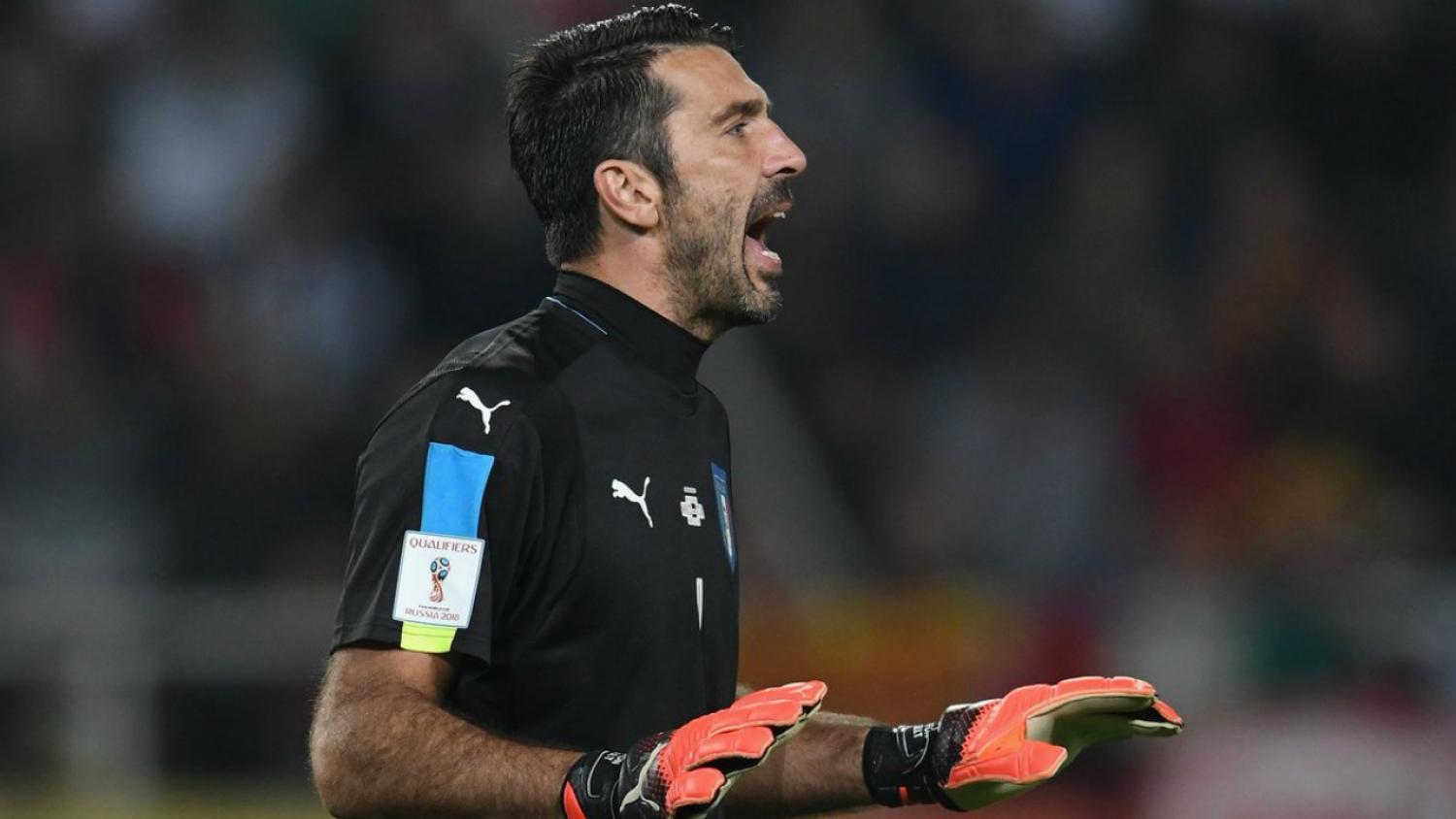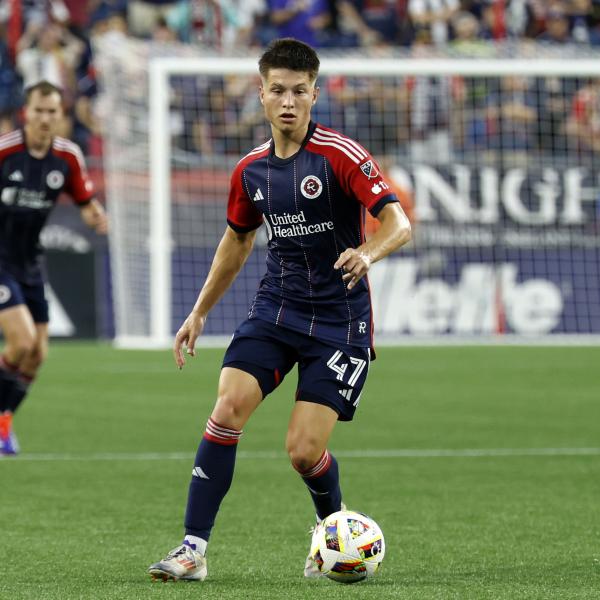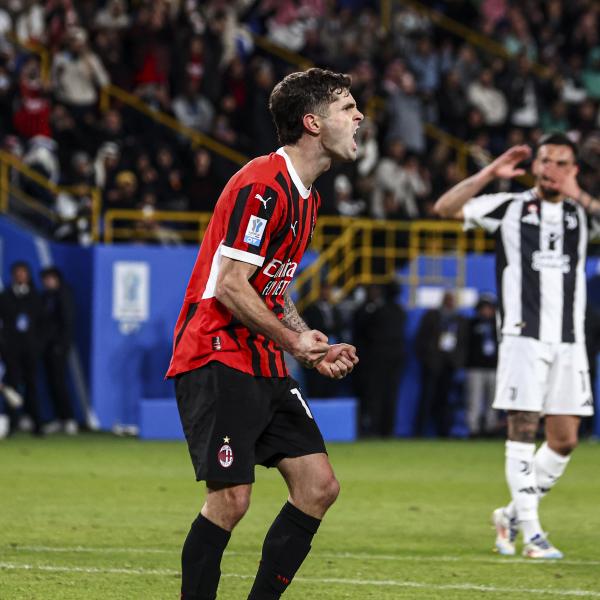Right now, the Italian national side does not have an identity. On paper, drawing a match with Spain and winning against Macedonia might seem perfectly acceptable, but those who watched the games will know that there’s trouble afoot.
Spain should have won by a comfortable margin but consistently shot themselves in the foot when it came to actually putting the ball in the net. Italy were bad and deserved to lose.
Against Macedonia, it was worse. Two late goals plastered over the cracks as the Azzurri fought back from a losing position. The points might be admirable, but the performances were unacceptable. Most worryingly, it was hard to tell what the team was actually trying to accomplish.
Here are the highlights from #Italy's enthralling 3-2 win over #Macedonia! #Azzurri #VivoAzzurrohttps://t.co/woMmlSHk70
— Italy (@azzurri) October 10, 2016
In 2006, Italy were world champions under Marcello Lippi. With the Calciopoli scandal raging at home, the team fought hard to lift themselves to glory. There was a bond between the players, a demonstrable togetherness.
After Lippi came Prandelli, who wanted to see Italy get on the ball and establish themselves as a proper footballing side. They got all the way to a European Championship final. Next came Antonio Conte, whose blood and thunder football took Italy to a quarterfinal.
There were blips and embarrassments along the way, but each time it was clear what the coach was trying to achieve. The individual pieces (usually) worked together towards one cohesive whole. It’s a feature which has not been present during Giampiero Ventura’s tenure.
The team are, to put it bluntly, a mess. The veteran manager has a record spanning decades across the Italian divisions, but this is the first time he has worked with a truly top class side with excellent players all over the pitch.
In the modern era, the defense remains Italy’s strong suit. In goal is Gianluigi Buffon. By this point, it’s clear that he’s the greatest keeper of all-time. Some people might put forward an argument for Lev Yashin, but unless your home is littered with worn out VHS tapes of 1960s Soviet football, then this is mostly paying lip service to a recognized legend. Buffon has been brilliant for decades and he remains evidently brilliant now.
It’s a similar story in the back-line. Italy have the benefit of three excellent defenders who all play together at club level. The Juventus trio of Barzagli, Bonucci and Chiellini can form a brutal wall, and they’re a nightmare to play against. While the latter is prone to the occasional off-day, the three of them together are a formidable unit. Even in reserve there’s talent and depth with young defenders like Romagnoli, Rugani and Ogbonna.
#Romagnoli has been chosen by supporters as the #Azzurri's #ManOfTheMatch from #ItalySpain!
More: https://t.co/r4sFQtpSkC#VivoAzzurro pic.twitter.com/mBxkF7aGqu— Italy (@azzurri) October 7, 2016
Not everything is perfect in defense, however. For one reason or another, this generation seems unable to produce a truly great full back on either flank. Darmian is struggling to get in the Manchester United side; De Sciglio often struggles at a struggling Milan; and Criscito drifts in and out of favour, possibly due to fact that he plays in Russia. To counteract this, Italy often play with wing backs.
Due to the nature of the talent at Italy’s disposal, these wide players are often more comfortable attacking. Players such as Candreva and Florenzi have played the position reliably for many years and for good club sides. Even the Fiorentina youngster Bernardeschi, though nominally a number 10, has been stuck out on the wing for his club side.
Most of these players favour the right, however. The left is a more desperate issue. As a result, it means that the defensive player is on the left and the attacking player on the right. That there is no alternative means that Italy can be predictable and stagnant in their approach. They depend instead on the central areas to take hold of a game.
It seemed for ages that Italy would struggle to replicate the magisterial Pirlo/Gattuso axis. In truth, modern Italy have an embarrassment of riches in the center of the park. Marco Verratti is so good that the team should be built around him, though doing so puts the system in danger when the youngster inevitably gets injured. In addition, there is the perpetually-underrated Marchisio, the promising Bonaventura and the aging wildcard/inevitable sending off that is Daniele De Rossi.
Building a midfield of Verratti, Marchisio and someone like Jorginho or Sturaro could offer a huge amount of potential.
This brings us to the strikers. Here, Italy have many very good options but none who are truly world class. Immobile, for example, scored late to save the points against Macedonia but has the tendency to go missing against better opposition. Éder, Gabbiadini, Zaza, El Shaarawy and Insigne are all very gifted but slightly flawed players.
Graziano Pellè provided one of the talking points of the international break when he refused to shake the manager’s hand after being substituted, but seeing as how he now plays his football in China, it’s debatable whether his presence in the national side would have continued anyway.
It’s possible to make up partnerships which cover up flaws and produce goals, but Italy’s front line is, there is no way of getting around it, limited.
Which brings us to the Balotelli question. If we were discussing natural talent, Balotelli would rank among the world’s premier talents. He has it all. But – as he has admitted himself – he often lacks the will needed to apply this talent on a consistent basis. Many managers have taken a chance at reforming Balotelli in the hope that they can release the incredible abilities which are obviously present.
Currently enjoying his football at Nice, the striker has spoken about how he views a return to the national side as being one of his goals. The olive branch has been extended, but the question of whether Balotelli’s animosity towards certain sections of the Italian fan base can be placated remains to be seen. Balotelli remains an immensely talented enigma and, at the moment, it is easier to simply not consider him for selection.
Which finally brings us to the manager. An Italian coach will always have at his disposal all the tools required to forge together a fine team. But, as well as putting the players in the right positions, they need direction, they need coaching and they need to play with an established identity. Tactics are one thing, but the team having an overall strategy is quite another. Under previous managers, there has clearly been a plan. Under Ventura, this is yet to be evident.
There are questions which remain. Who should be picked up front? Who should be the third man in midfield? Who should play on the wings? These are technical questions which take a backseat to the more pressing issue: how does Giampiero Ventura want his Italian side to play?
Only when he settles upon and begins to implement this identity should he move on to more specific issues. With the performances being underwhelming thus far, he might not have the time needed to figure out the direction of his team. Italy need an identity and they need their coach to find it soon.

 Home
Home




